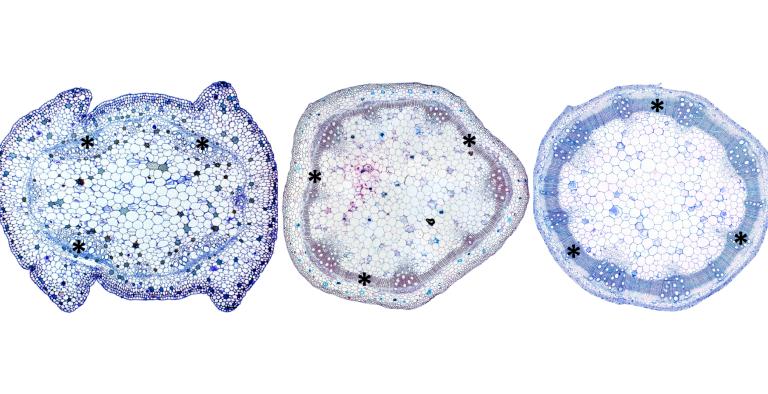
It is crucial to better understand how wild plants and crops react to drought stress in a world facing global change. Hydraulic failure is one of the prime mechanisms underlying drought-induced mortality in plants, and corresponds to the disruption of water transport via air-field conduits when plants face drought. The ability of plants to prevent lethal levels of drought-induced gas bubbles at a certain drought level is called embolism resistance, which is a species-specific proxy for drought tolerance. We are measuring embolism resistance in stems and leaves of woody as well as herbaceous species, and compare these experimental results with anatomical observations based on light microscopy, scanning electron microscopy and transmission electron microscopy. The proportion of stem lignification and the ultrastructure of interconduit pit membranes (see picture) are two main features we focus on to explain the variation in embolism resistance across species.
Another line of research is focusing on the functional role of root pressure in herbs (NWO grant ALWOP.488). In collaboration prof. Kathy Steppe (Ghent Univ.), we are investigating whether root pressure is able to push out air bubbles inside conduits during the nights as an alternative mechanism to cope with hydraulic failure.